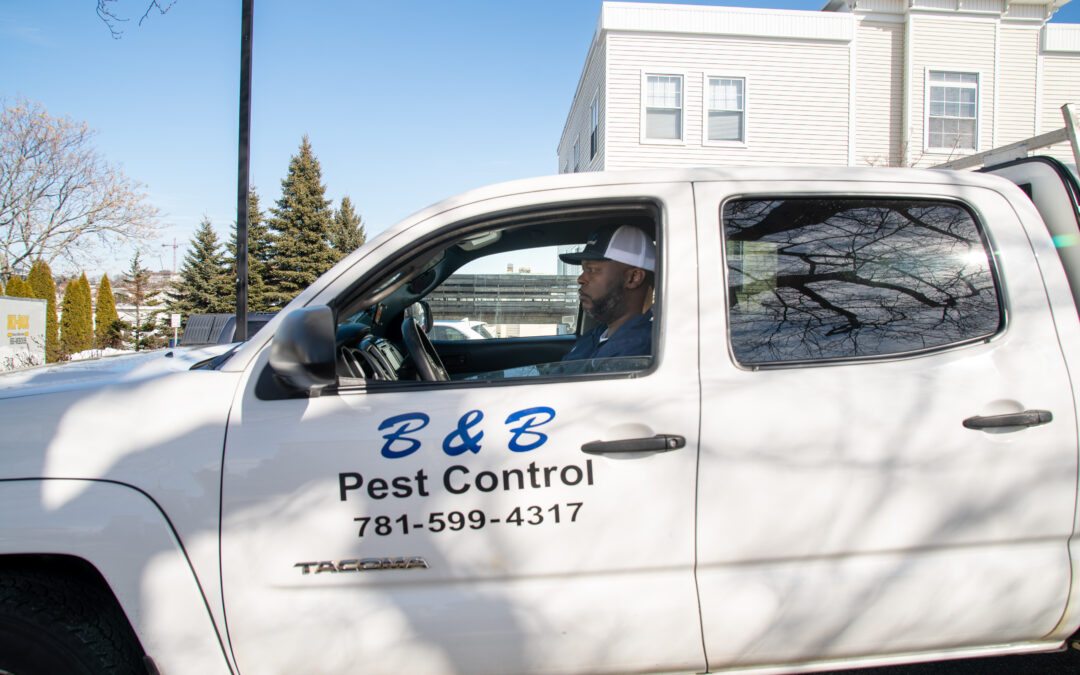Ants are one of the most common pests in the world. They are social insects that live in large, structured colonies, that have a queen at the top, and thousands of workers that forage, build and maintain the colony.
Appearance
We’ve all seen ants and know what they look like – they are tiny insects with six legs, a segmented body, and noticeable jaws. However, we should keep an eye out for two species in particular. The carpenter ant, which builds its colony inside wood and which can cause damage to the home, is very large and dark brown or black in coloration. A carpenter ant worker can reach lengths of half an inch, and if you notice these ants crawling around your home, you should call a pest control pro right away.
The second ant species that can pose a thread is the fire ant. Fire ants are known for their very painful sting, which is followed by an equally intense itching and burning sensation. Fire ants are much smaller than carpenter ants and they are distinguished by their reddish coloration.
There are also other ant species which can create issues when they are in the home, but they cannot really be categorized as pests. These species include the odorous house ant, the pharaoh ant, and the pavement ant.
Ant colonies
You also have different types of ant colonies, depending on the species. Most colonies will follow the traditional structure, with one queen that gives birth to hundreds or thousands of workers. This type of colony spreads through swarmers, which are the winged ants that you may have noticed flying around in swarms. The swarmers are future queens and they fly out from mature colonies in order to start new nests.
The second most common ant colony type is the colony that has multiple queens. These colonies are a lot more nefarious and harder to remove than their traditional counterparts. When one of these colonies comes under threat, the secondary queens will group up with a handful of workers and start a new nest somewhere in the vicinity.
Control
Ant infestations are best controlled by a professional. Since control efforts require the identification of the species responsible and of the location of the nest, it can be hard to remove a colony without the proper tools and experience. If you have an ant infestation that needs to be removed, contact us today.

